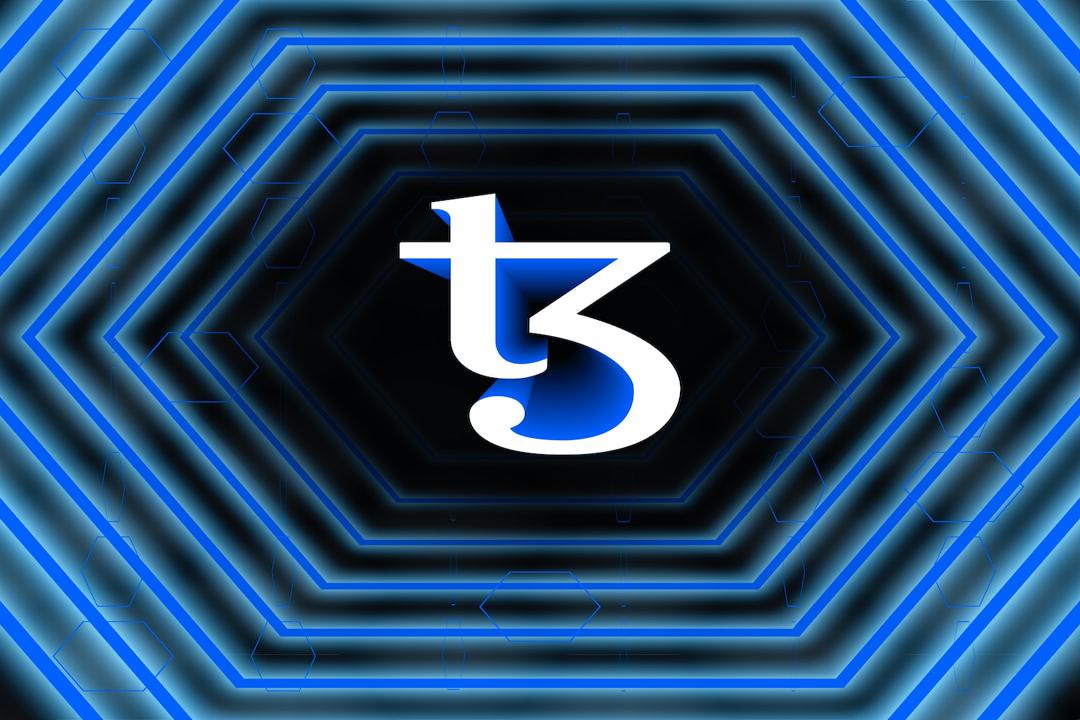In the Ethereum Layer2 ecosystem, Coinbase’s Base generated over $6 million in on-chain profits in May, surpassing Blast by a significant margin. The author of this article is Nathan Reiff, translated and written by Plain Blockchain.
Background:
Base chain rising, can it challenge Solana’s meme coin throne?
Revealing the birth and success secrets of Base chain, who is Coinbase’s star engineer Jesse Pollak?
The Ethereum Layer2 scaling network Base launched by the largest cryptocurrency exchange platform in the United States, Coinbase, created over $6 million in on-chain profits in May, becoming the most profitable Layer2 network, surpassing competitors such as Blast and Optimism.
According to data from L2BEAT, Base’s profit surge is attributed to the rapid growth of Total Value Locked (TVL), driven by the expected Dencun upgrade implemented by Ethereum in March through EIP-4844 and proto-danksharding.
Based on data from the blockchain analysis platform GrowThePie, Base ranked first in on-chain profits among all Layer2 chains in May with $6.1 million, followed by Blast with $1.5 million and Optimism with $1.4 million. Despite Base’s significant lead over these competitors in profit competition, its monthly profits sharply declined after the Dencun upgrade in March.
Blast’s recent growth is fast, but still lags behind Base
On the other hand, Blast, a new Layer2 network launched by developers in the Blur NFT market, has gained recognition due to its unique ETH and stablecoin native revenue, as well as generous incentives provided to users by projects like Pacmoon and Fantasy Top.
Blast’s share of all Layer2 profits increased from 5.3% in April to 15.2% in May. However, it still lags far behind Base, which occupied 56.8% of all Layer2 profits last month.
The on-chain profitability of Layer2 networks refers to the balance between revenue generated through fees, token issuance, and other means, and the costs associated with interacting with the Layer1 network (Ethereum). In simple terms, it ensures that the network can cover the costs of interacting with the Layer1 network while earning profits. It does not include any off-chain costs, so it should not be seen as a complete picture of executing these networks from top to bottom.
A Dune dashboard maintained by a chain analyst named Kofi also ranks Base first, with profits slightly below $7 million in May. The difference may be due to variations in measuring income and expenses for each data provider. However, Dune’s dashboard does not include data for Blast, so the full picture of the leading Layer2 network in this regard cannot be fully understood.
According to GrowThePie data, Base has been the most profitable Layer2 network since March 2024. In the past three months, its Total Value Locked (TVL) has almost increased sixfold, from $1.3 billion to $7.6 billion, reaching the highest level in the chain’s history. With Optimism’s TVL remaining relatively stable in the past month, Base may surpass OP Mainnet.
Both Base and OP Mainnet are built on the OP Stack and are part of the Optimism “superchain” ecosystem, although they are considered independent Layer2 networks within the ecosystem. In terms of TVL, Base still lags far behind the industry leader Arbitrum, whose TVL reaches $19.1 billion.
Coinbase launches new smart wallet
In addition to the upgrades brought by the Dencun fork, Base’s attractiveness in the cryptocurrency community has gradually increased since Coinbase announced the launch of a new smart wallet to improve new users’ accessibility to on-chain transactions.
Coinbase’s smart wallet will adopt an account abstraction approach to provide convenient on-chain transactions for those unfamiliar with DeFi details. Base also benefits from Coinbase’s reputation and the additional exposure it brings, as well as promotions like the recent “On-Chain Summer” reward event, which started this week.


